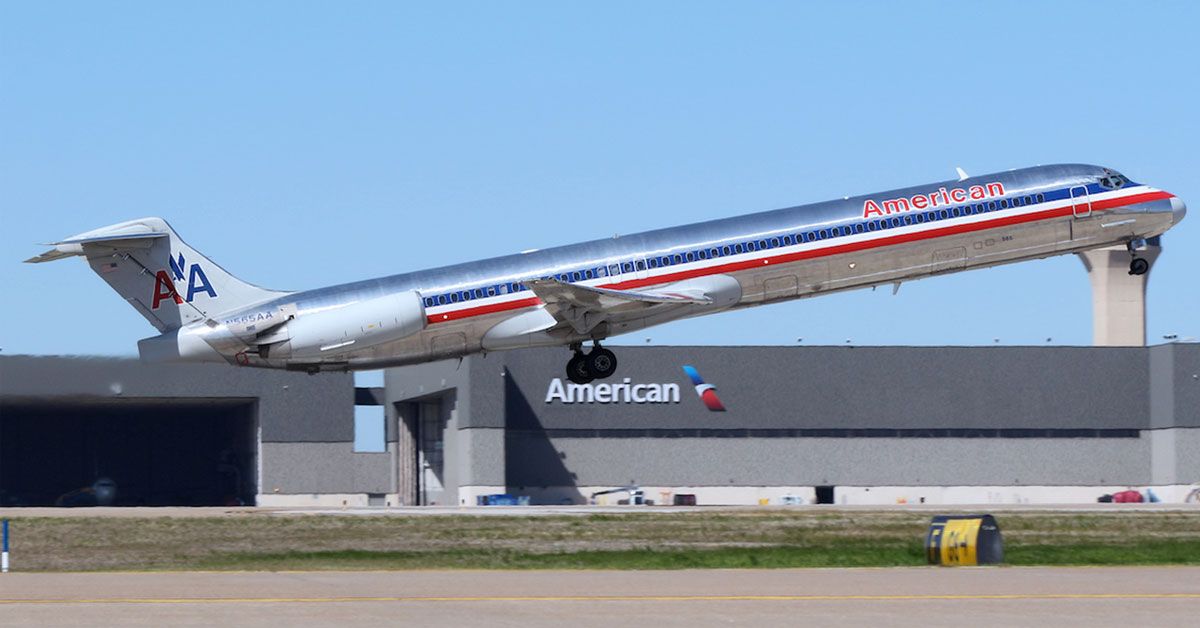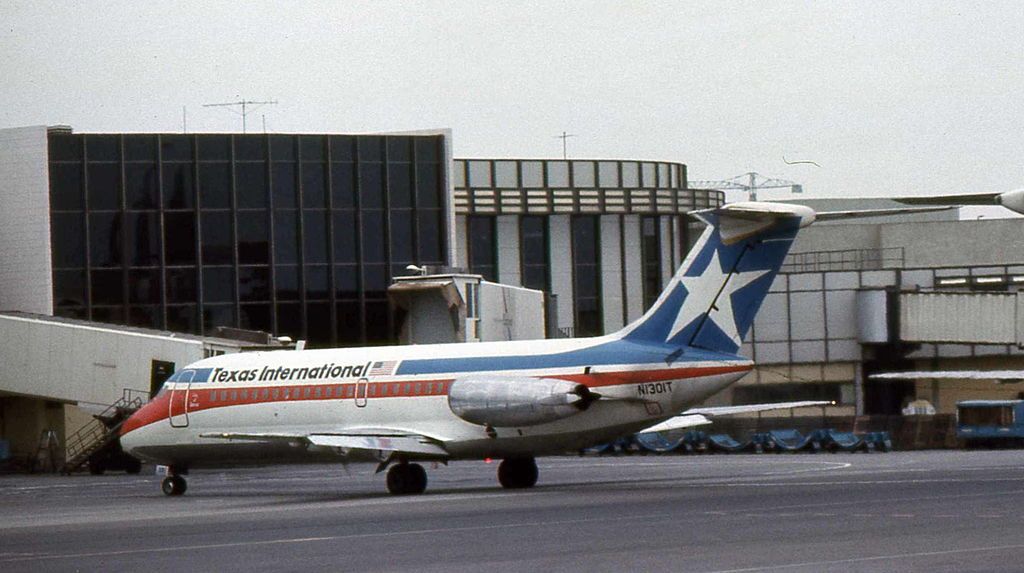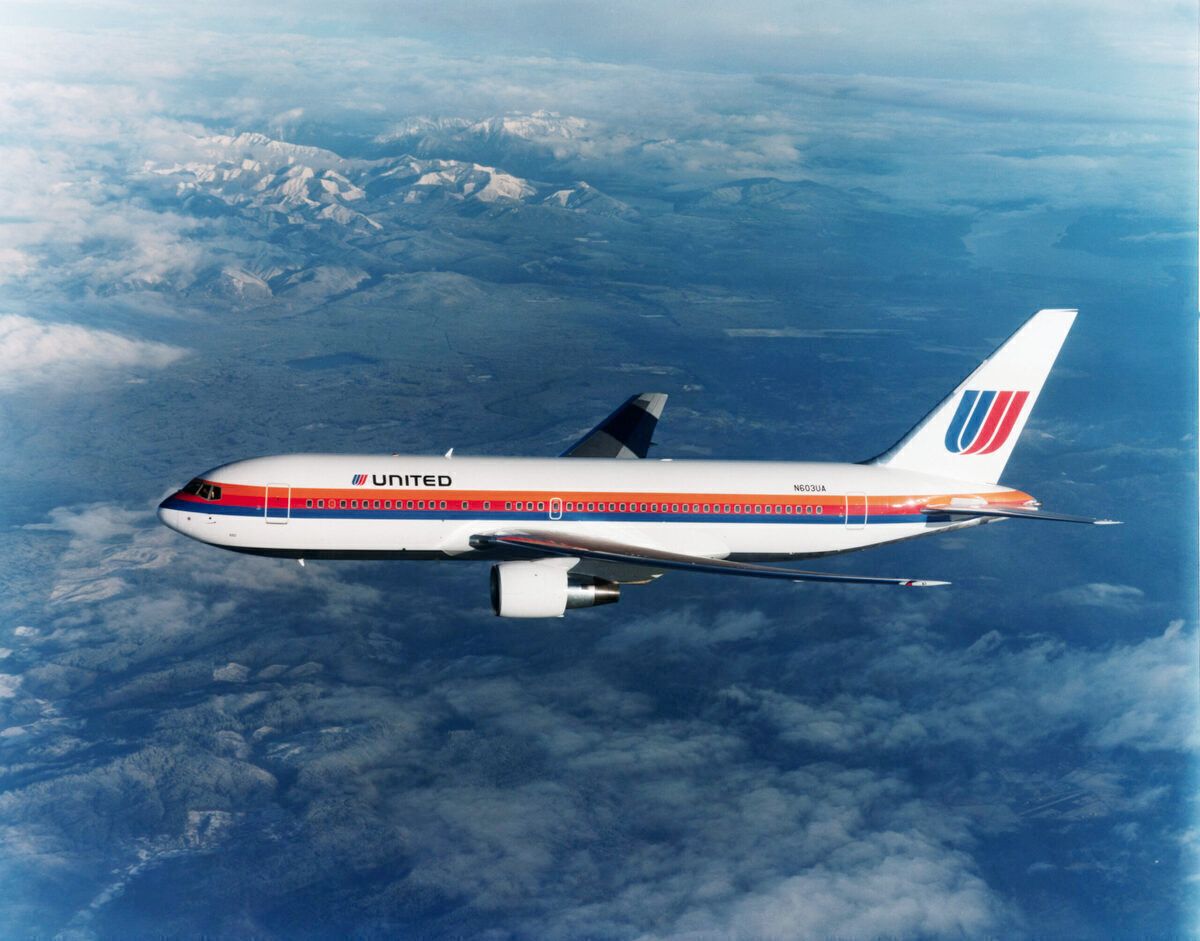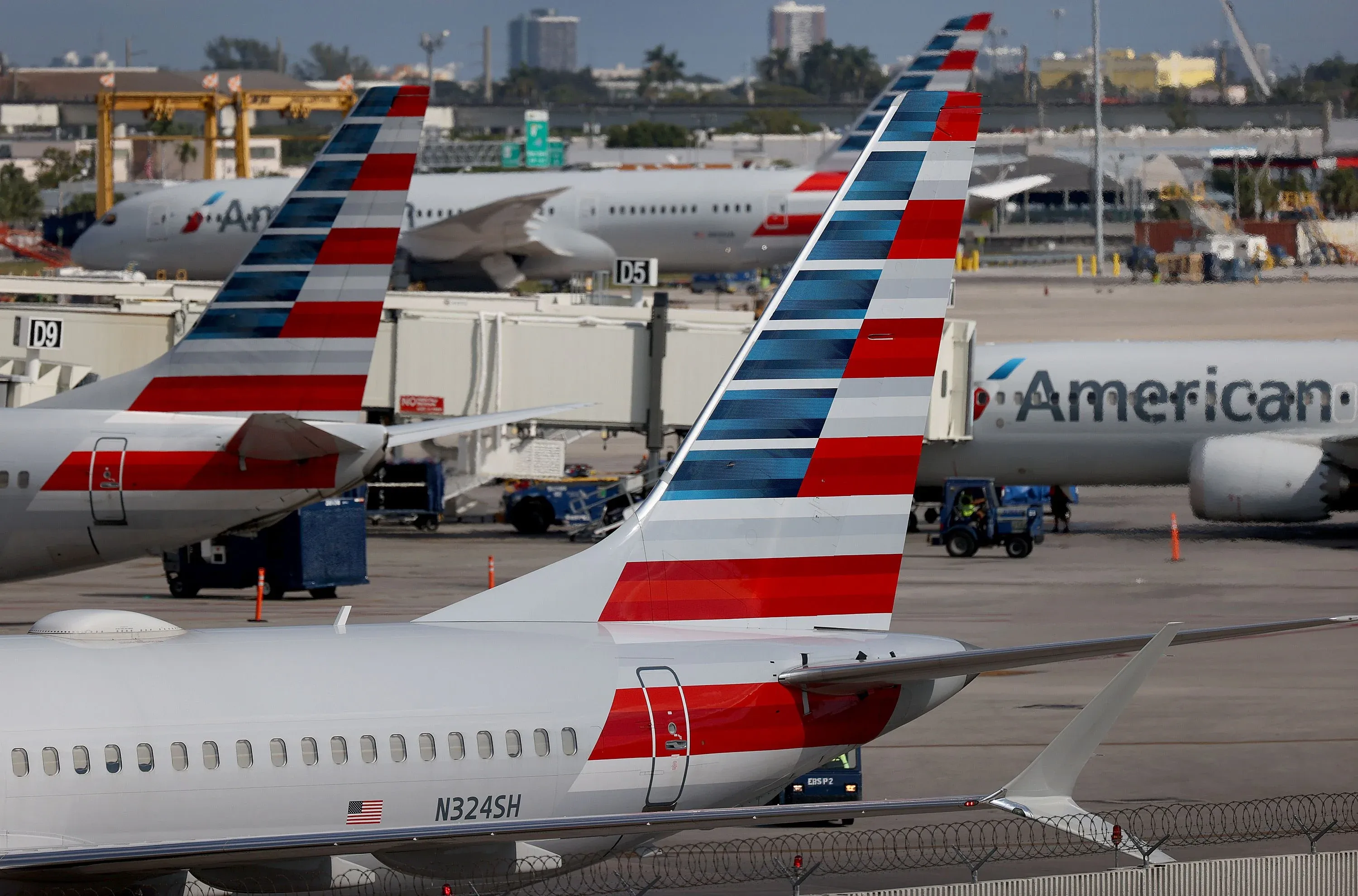Frequent flyer programs (FFPs) are a commercial aviation mainstay, with airlines keen to promote their initiatives in this department. The market gained traction just over 40 years ago, with the first official programs being formed at the turn of the 1980s.
New innovations
Some informal loyalty initiatives were in place during the growth years of commercial aviation due to increasing opportunities to track passenger activity. However, it was Texas International Airlines that gets the credit when it comes to the first frequent flyer program based on miles. In 1979, it started to use mileage tracking to give its passengers rewards.
During Texas International Airlines' latter days, the Frank Lorenzo-managed airline headed to several hotspots across the United States with its all-DC-9 fleet, but just three years after its FFP was launched, it was merged with Continental Airlines. Another early starter was introduced by Western Airlines, which created Travel Bank in 1980, but this carrier would merge with Delta Air Lines just seven years later.
Taking off
Even though Texas International Airlines was the first to launch an FFP, it was American Airlines that implemented the first notable mileage frequent-flyer initiative in the form of the still-going AAdvantage. With far better computer technology than Texas International, this AA program created the basis of what was the come, giving special discounts to frequent passengers. Airlines all across the globe swiftly followed this process.
A key difference between then and now was that a passenger had to be invited to become an honorable member. This aspect is no longer the case among major carriers.
American Airlines stated the following about its creation when celebrating 40 years of the program in 2021:
“When American Airlines launched the AAdvantage loyalty program in 1981, it was one of the airline industry’s first frequent flyer programs to reward members for their travel… When the AAdvantage program began on May 1, 1981, membership was by invitation-only and rewards included a first-class ticket to any destination American flew. Today, the award-winning AAdvantage program boasts an impressive roster of 115 million members, with 144,000 of those members active since the first year.”
Stay informed: Sign up for our daily and weekly aviation news digests.
Passengers were quick to jump on the frequent flyer bandwagon. After all, they were rewarded with miles or points that could be converted into discounted or even free tickets, seat upgrades, and other travel provisions. In some cases, the miles could be used to pay for non-travel-related goods or services.
Across the industry
Along with American Airlines, the likes of Delta with its SkyMiles and United with its MileagePlus overhauled their programs to a revenue-based approach rather than literal miles. Thus, the more pricey a seat, the quicker the points are accumulated. This factor became a mainstay in the market around the world.
The Points Guy notes that Alaska Airlines' formed its Gold Coast Travel program in 1983, which was renamed to the more familiar Mileage Plan in 1989. Air Canada, Eastern Airlines, Continental Airlines, and Southwest Airlines were all other household North American names to get in on the momentum in the mid-1980s.
There was soon a drive across the pond. In 1982, British Airways aligned with American Airlines in the miles field, allowing AAdvantage members to earn and redeem miles on the flag carrier of the United Kingdom's flights to Europe. BA then launched its own program, the Executive Club. United Airlines also partnered with European powerhouses amid collaborations with Lufthansa and SAS.
Global phenomenon
Other early worldwide initiatives include Korean Air's VIP program, which was introduced in 1984. This promotion would eventually transition into SkyPass. Another Asia-Pacific carrier, Qantas, also launched its mileage program in 1987, with a straight-to-the-point name of Frequent Flyer.
Today, most major full-service international carriers have a frequent flyer program in place. They are an integral part of many airline business models, helping to secure billions of dollars. Yet, they didn’t exist just over four decades ago.
What are your thoughts about the early days of frequent flyer programs? Are you a member of any loyalty program? Let us know what you think of them and their history in the comment section.




